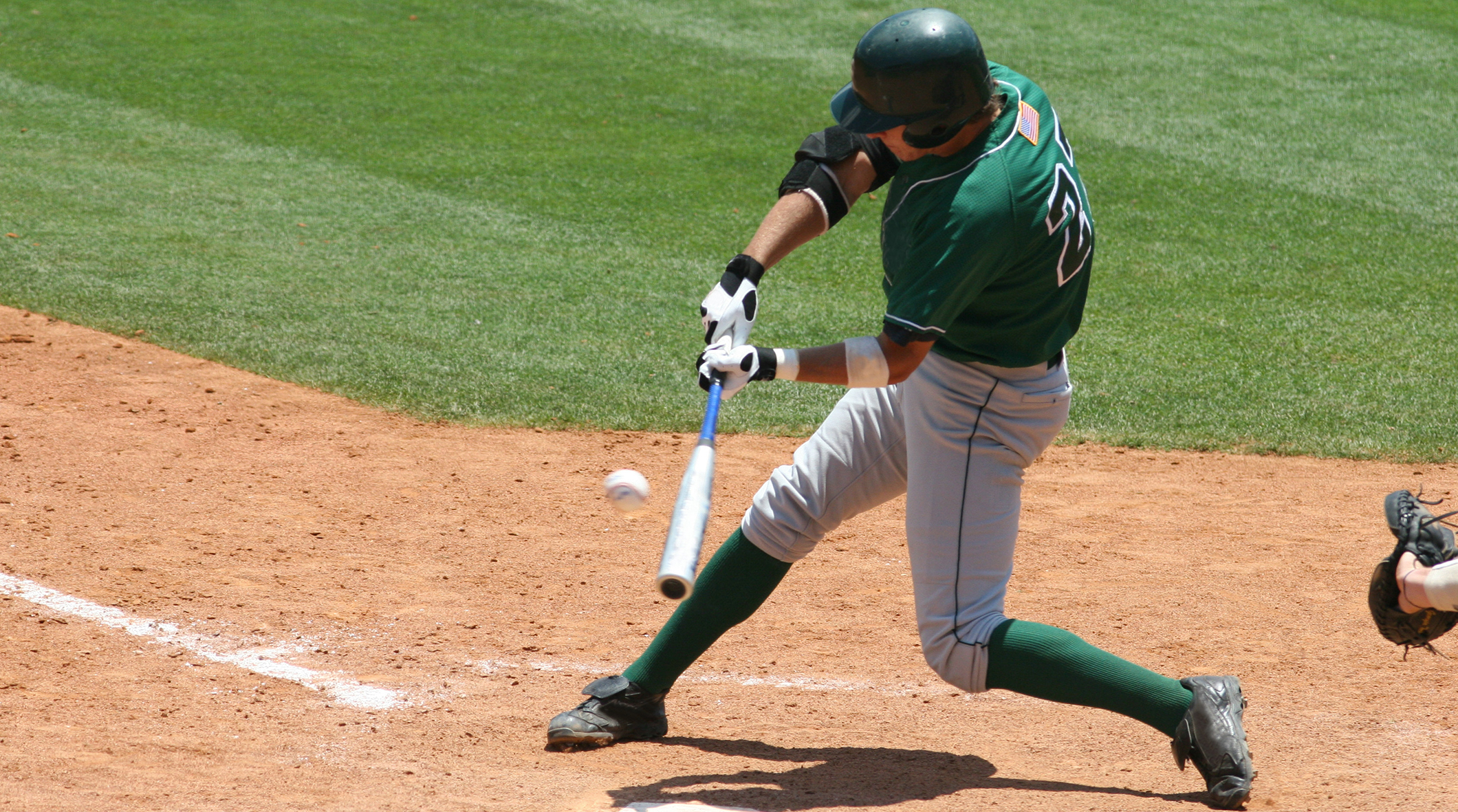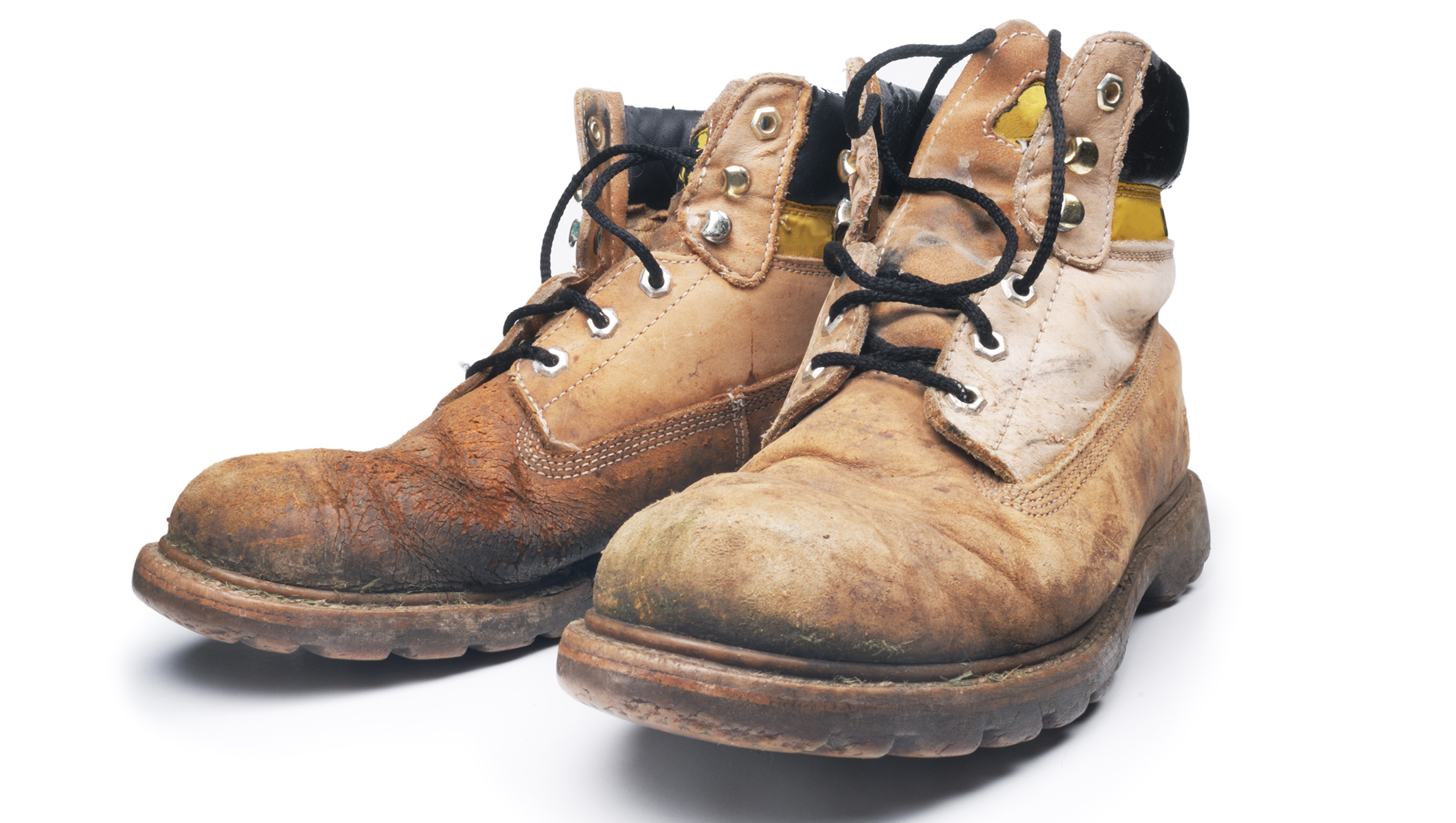
“Torpedo” bats. Drag. Lift. Learn more about exciting new developments and the science and standards at play in baseball and softball.
By By Rich Wilhelm
Apr 04, 2025
Baseball and softball season is back for much of the world, which makes this the perfect moment for the latest episode of ASTM International’s Standard Impact podcast. Host Dave Walsh is joined by Lloyd Smith, deputy director, School of Mechanical and Materials Engineering at Washington State University; and Nick Smith, lab manager with the Sports Science Laboratory at Washington State. Over the course of the podcast, Walsh, Smith, and Smith discuss how standards for baseballs and baseball bats can impact the game. Plus, you’ll hear a late-breaking conversation about the “torpedo bats” that recently brought a bit of controversy to the game.
Here is an excerpt from the conversation:
Dave Walsh: Well, that's a good segue because full disclosure, a few years ago I interviewed Lloyd for an article in Standardization News. And the topic did largely revolve around youth baseball and a bit revolved around the NCAA game. And at that time a few years ago, there was controversy for those of us who were little league parents like myself. They had just changed all the bats in Little League to go from these, well, I'll just call them as a lay person, a home run friendly bat to a bat that seemed deader to me. And actually, there were numbers that supported it between 2013 and ‘17, the Little League World Series averaged 65 home runs per tournament. Last year, and this is, you know, one of several years with the different bats they had 15. So that's a pretty big difference. And either one of you can take this question, but what can you tell us about these, I'm saying quote unquote, new standards for youth bats or the new parameters that were put on them.
Lloyd Smith: I'll start off on this one. This I guess could be described by the terms people using software, what some people call a bug, other people will call a feature. You described the decrease in home runs as being a controversy. That was actually a very carefully designed and engineered process. Prior to 2018, Little League was managing the bat performance of all youth baseball. And they were using a test method that was around 20 years old, and it had a number of known deficiencies. So, the methodology was not ideal, number one. Number two, there was a question about what level of play, what level of bat performance was healthy for the game, what balance do we want between offense and defense? And the decision was made that the bats needed to be more wood like. So, the performance needed to come down. Some people relate that to safety, but that really wasn't the motivation.
It was just about where do you want the game to be and, and how much offense and defense do we want to have in play? So that was carefully considered and that was an aim of changing the standards. To have a more rigorous standard, number one. And then number two, have the performance level be more wood-like. So that's what we did. And that applied to all youth baseball across the country. All youth baseball federations use that standard. And as a consequence, home run rates came down. So that for us would not be a controversy, but something that was intended and worked very well. We consider that to be a very successful change to the standard given the aim that was put forward.
Dave Walsh: Yeah, and I should have qualified my question and mentioned that I was the father of two youth baseball players at that time. To them it was a controversy. They wanted to hit about 300 home runs per tournament. But yeah, to your point, it was about the competitive balance of the game. Nick, what were your thoughts on that though? And I know, you know, this does revolve around that coefficient of restitution. And I recall that it was kind of as a lay person, a non-scientist, it was a little counterintuitive to me that the more of a trampoline effect that the bat had, the farther the balls went. And in my mind, I just always thought the harder the bat the better. But you can clarify that, I'm sure.
Nick Smith: Yeah. And this actually, I guess Lloyd knows more of the history of this, but people discovered this kind of by accident when wood bats were breaking and people were looking at other materials to make bats out of, they turned to metal bats and just to get the weight right, you had to make it hollow. And they discovered that by making thinner walls, they had a higher trampoline effect and would hit the ball farther. And so that's essentially what we measure and what we've set up in our test standard. We have a bat, and we have a cannon, a pitching machine that shoots the ball off of the bat and we measure the speed before it hits the bat and the speed after it hits the bat off that rebound. And with our test standards, we're able to determine what we call the BB core, the batted ball, coefficient restitution or the trampoline effect in the bat. And theoretically people could set any limit on that. But the federations we've worked with have made that kind of a wood-like limit.


